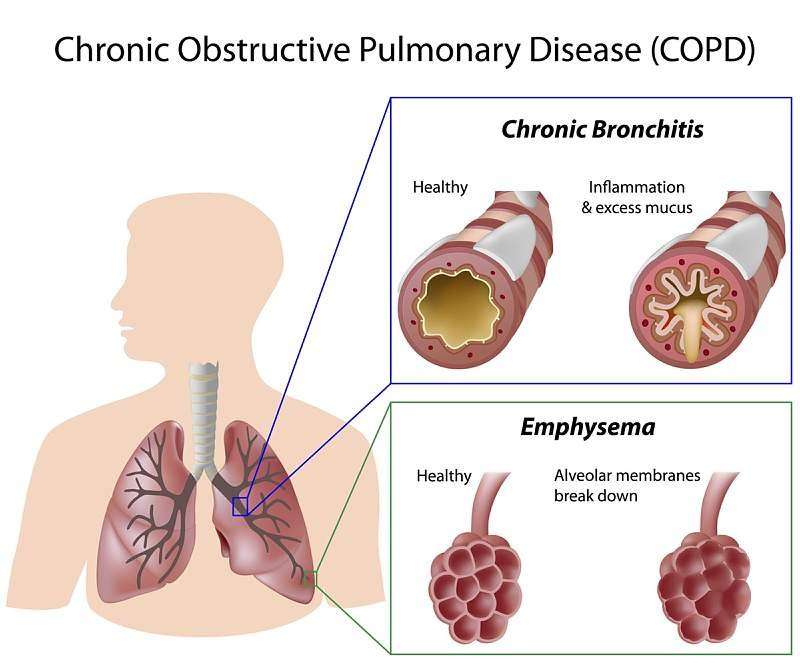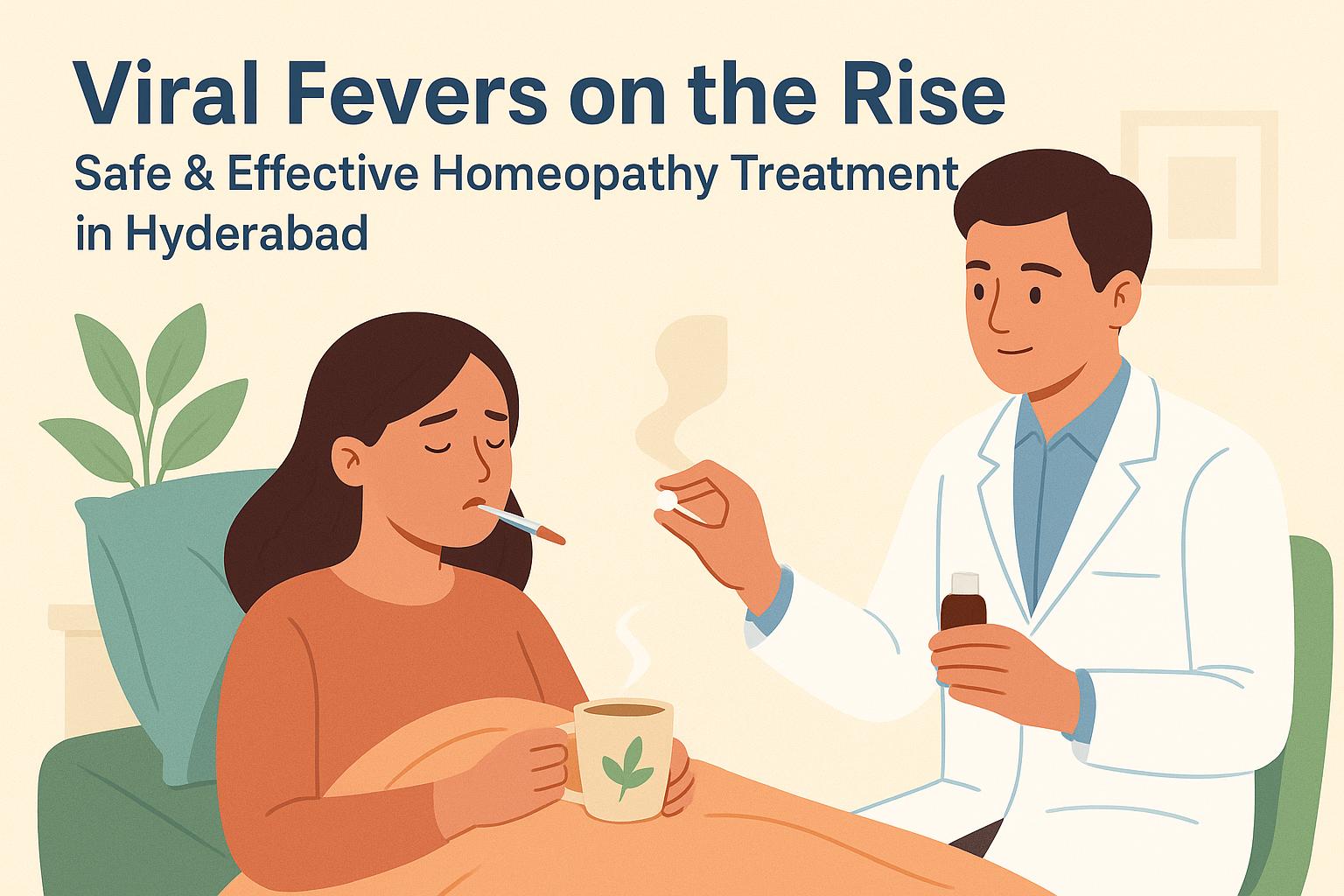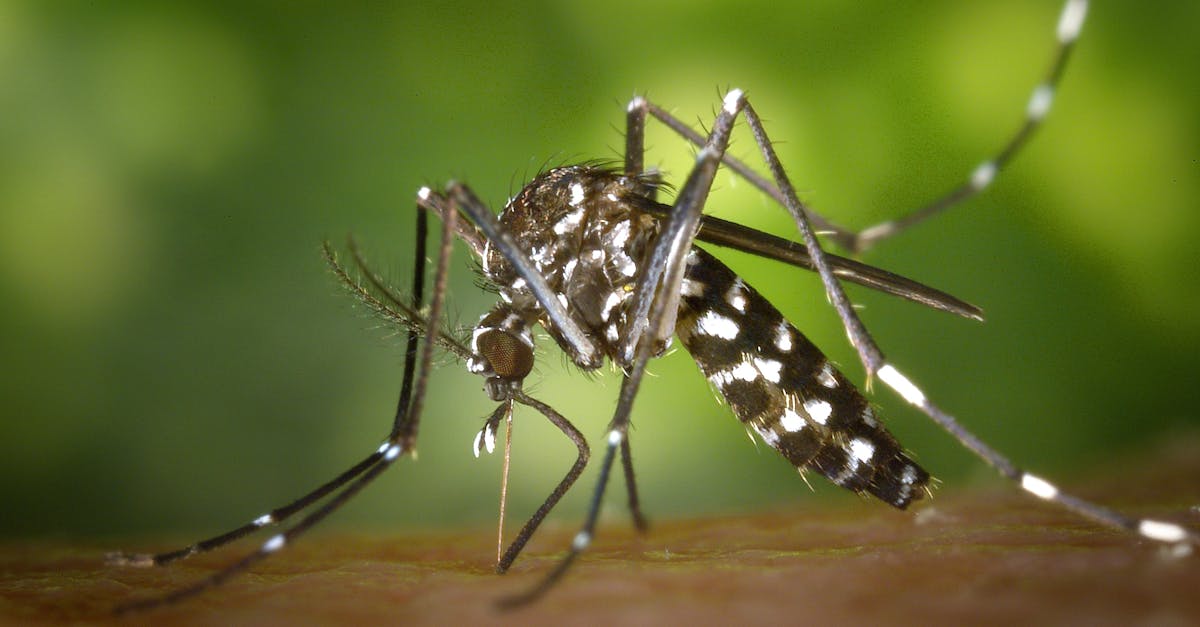What is COPD?
COPD or chronic obstructive pulmonary disease, is a progressive disease that makes it hard to breathe. “Progressive” means the disease gets worse over time.
1. COPD is a lung disorder that can make it difficult to breathe
2. Smoking or exposure to smoke and other harmful gases are usually the cause
3. The airways in the lungs are narrowed due to inflammation or scarring of the lung tissue- this makes it hard for air to move in and out of the lungsCauses of COPDCOPD is most often caused by smoking. Most people with COPD are long-term smokers, and research shows that smoking cigarettes increases the risk of getting COPD
Some studies show that up to half of the long-term smokers older than age 60 get COPD.Smoking both tobacco and marijuana increases the risk of COPD more than smoking either one.COPD is often a mix of two diseases: Chronic Bronchitis and emphysema. Both of these diseases are caused by smoking.
Although you can have chronic bronchitis or emphysema, people more often have a mixture of both diseases.Other possible causes of COPD include:Long-term exposure to lung irritants such as industrial dust and chemical fumes.Preterm birth that leads to lung damage (neonatal chronic lung disease).Inherited factors (genes), including alpha-1 antitrypsin deficiency. This is a rare condition in which your body may not be able to make enough of a protein (alpha-1 antitrypsin) that helps protect the lungs from damage. People who have this disorder and who smoke generally start to have symptoms of emphysema in their 30s or 40s. Those who have this disorder but don’t smoke generally start to have symptoms in their 80s.Symptoms of COPDThe most common symptoms of COPD are sputum production, shortness of breath and a productive cough.
These symptoms are present for a prolonged period of time and typically worsen over time.Cough: A chronic cough is often the first symptom to occur. When it exists for more than three months a year for more than two years, in combination with sputum production and without another explanation, there is by definition chronic bronchitis. This condition can occur before COPD fully develops. The amount of sputum produced can change over hours to days.Shortness of Breath: Shortness of breath is often the symptom that bothers people the most. It is commonly described as: “my breathing requires effort,” “I feel out of breath,” or “I can’t get enough air in”. Different terms, however, may be used in different cultures. Typically the shortness of breath is worse on exertion of a prolonged duration and worsens over time.In COPD, it may take longer to breathe out than to breathe in.
Chest tightness may occur.but is not common and may be caused by another problem. Those with obstructed airflow may have wheezing or decreased sounds with air entry on examination of the chest with a stethoscope. A barrel chest is a characteristic sign of COPD, but is relatively uncommon. Tripod positioning may occur as the disease worsens.Advanced COPD leads tohigh pressure on the lung arteries, which strains the right ventricle of the heart This situation is referred to as cor pulmonale, and leads to symptoms of leg swelling and bulging neck veins. COPD is more common than any other lung disease as a cause of cor pulmonale.
Cor pulmonale has become less common since the use of supplemental oxygen.· Exacerbation: An acute exacerbation of COPD is defined as increased shortness of breath, increased sputum production, a change in the color of the sputum from clear to green or yellow, or an increase in cough in someone with COPD. This may present with signs of increased work of breathing such as fast breathing, a fast heart rate, and sweating, active use of muscles in the neck, a bluish tinge to the skin, and confusion or combative behavior in very severe exacerbations.
Crackles may also be heard over the lungs on examination with a stethoscope.Types of COPDThere are two different types of COPD- chronic and acute. Chronic COPD is more common, and it develops slowly over years. Acute COPD is less common and usually occurs after an event like a lung infection or injury to the lungs.The symptoms of COPD vary from person to person. The most common ones are: shortness of breath; wheezing; feeling out of breath all the time; a cough that won’t go away; seeing blood in sputum (sputum is the liquid that you spit out when coughing) or foamy mucus.People with COPD also often have a condition called cor pulmonale- this is when the right side of the heart has to work harder because blood isn’t flowing out of the lungs as it should be.
This usually happens in people who have long-term (chronic) COPD and it can lead to right-sided heart failure.COPD is usually diagnosed by a doctor after looking at your symptoms and doing tests like spirometry (to check how well the lungs are working) and lung function tests to see how much oxygen is in the blood. It can be hard for doctors to diagnose COPD because it shares some of its symptoms with other lung conditions like asthma.COPD can be difficult to treat and it is important that you follow your doctor’s treatment plan. Treatment often includes pulmonary rehabilitation (a programme of exercise and counselling) along with medications, such as bronchodilators, corticosteroids, inhaled antibiotics or oxygen therapy.Diagnosis of COPDIf any patient is at risk for COPD or have symptoms of COPD, the patient should be tested through spirometry.
Spirometry is a simple test of how well our lungs work. For this test, if one blow air into a mouthpiece and tubing attached to a small machine the machine measures the amount of air you blow out and how fast you can blow it.





